What is Geometry?
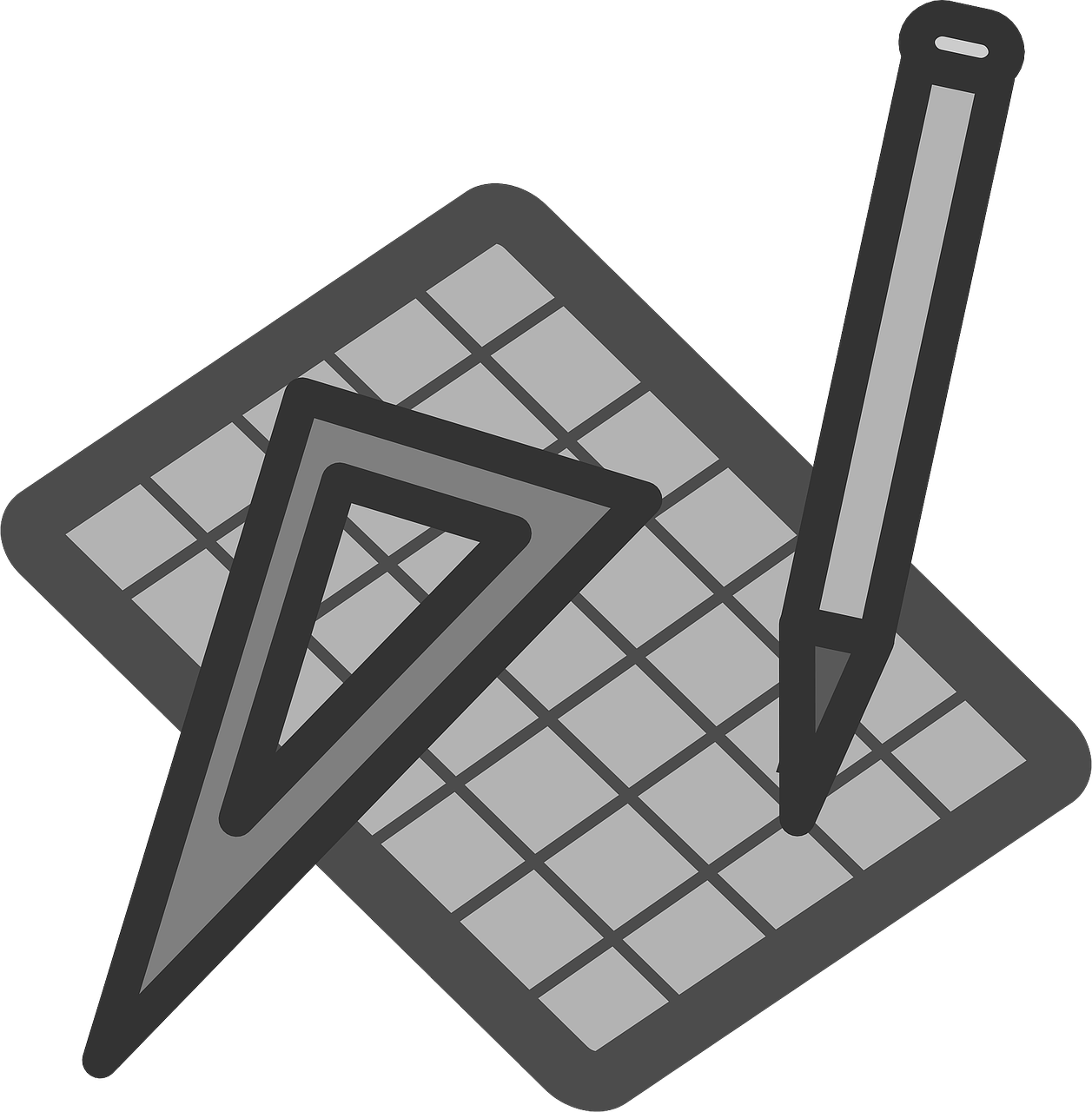
Geometry is a branch of mathematics that studies the properties, measurement, and relationships of points, lines, angles, surfaces, and solids. It deals with the nature of space and the size, shape, and relative position of figures in space. It is a crucial component of mathematics education, contributing essential perspectives and techniques.
Why Study Geometry?

Understanding geometry is integral for several reasons. First, it develops critical thinking skills and logical reasoning by establishing abstract concepts, proving theories, and applying these theories to solve problems. Second, geometry has extensive applications in real-life, from architecture to computer graphics, astronomy to engineering, design to medicine. Finally, studying geometry is a key step towards more advanced mathematical topics and fields such as trigonometry, calculus, and physics.
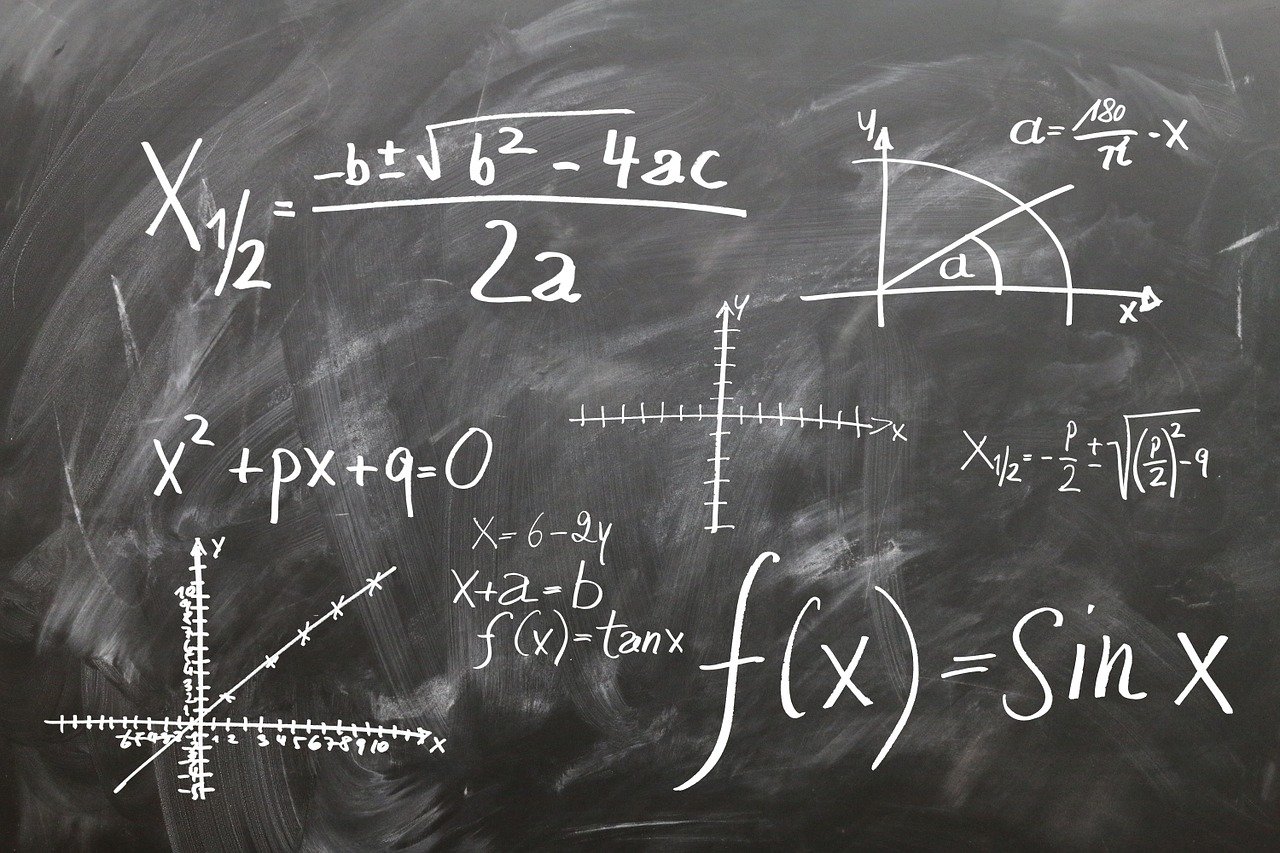
Overview of Topics in Geometry
Geometry, an age-old branch of mathematics, is characterized by a vast array of topics that provide the groundwork for understanding the shape, size, properties, and relative position of figures and space. From the rudimentary concepts of points, lines, and planes to the more complex notions of shape and size of dimensions, geometry's scope is truly extensive.
The core of geometry is composed of Euclidean Geometry, based on the work of the ancient Greek mathematician Euclid, featuring fundamentals such as points, lines, angles, and triangles. It encompasses concepts like congruency, similarity, area, and volume calculations.
Beyond the basics, one ventures into the world of Analytical Geometry, also known as coordinate geometry. Here, geometric problems are approached through algebraic methods, by relating shapes to algebraic equations, offering a comprehensive blend of algebra and geometry.
Non-Euclidean Geometry, including Hyperbolic and Elliptic Geometry, breaks away from the constraints of Euclidean postulates and ventures into realms that might seem counterintuitive, but are nonetheless mathematically consistent.
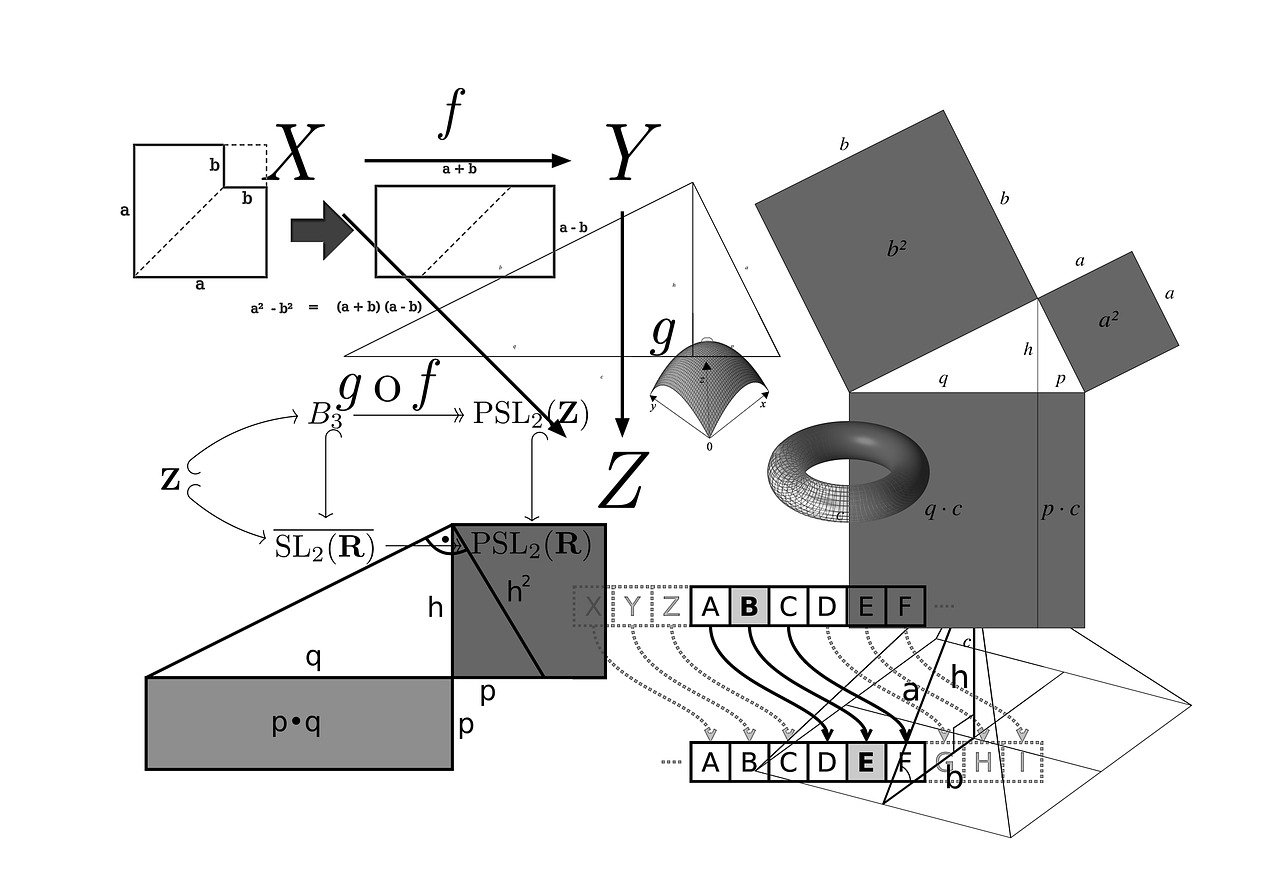
Solid Geometry extends the study to three-dimensional figures, exploring spheres, cylinders, cones, and polyhedra, among others. This area opens a plethora of practical applications in fields like engineering, architecture, and computer graphics.
Topology, often referred to as "rubber sheet geometry," studies properties of space that are preserved under continuous transformations. It concerns itself with concepts like convergence, compactness, continuity, and connectedness.
Finally, there's Differential Geometry, involving calculus and geometry to study curves and surfaces, crucial in fields like general relativity and string theory.
In essence, geometry is a broad discipline with countless topics, a testament to its rich history and significant role in understanding the world around us. Each subdivision of geometry provides a unique perspective, all working together to unravel the complexities of space and shape.
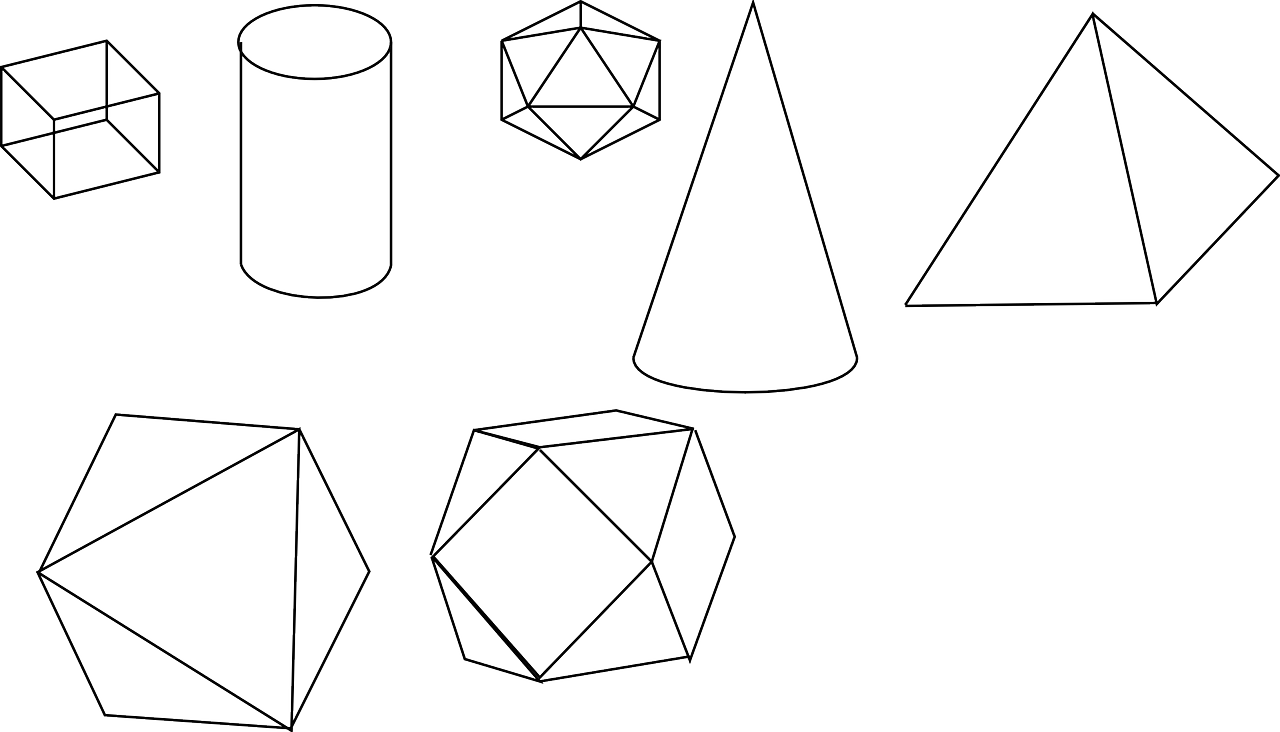
Interactive Geometry: Tools and Software
Understanding and mastering geometry requires a mix of theoretical understanding and practical application. One effective way to achieve this balance is through interactive geometry tools and software. These can enable students to experiment, visualize, and better comprehend complex geometric concepts. Here's a more detailed look at each:
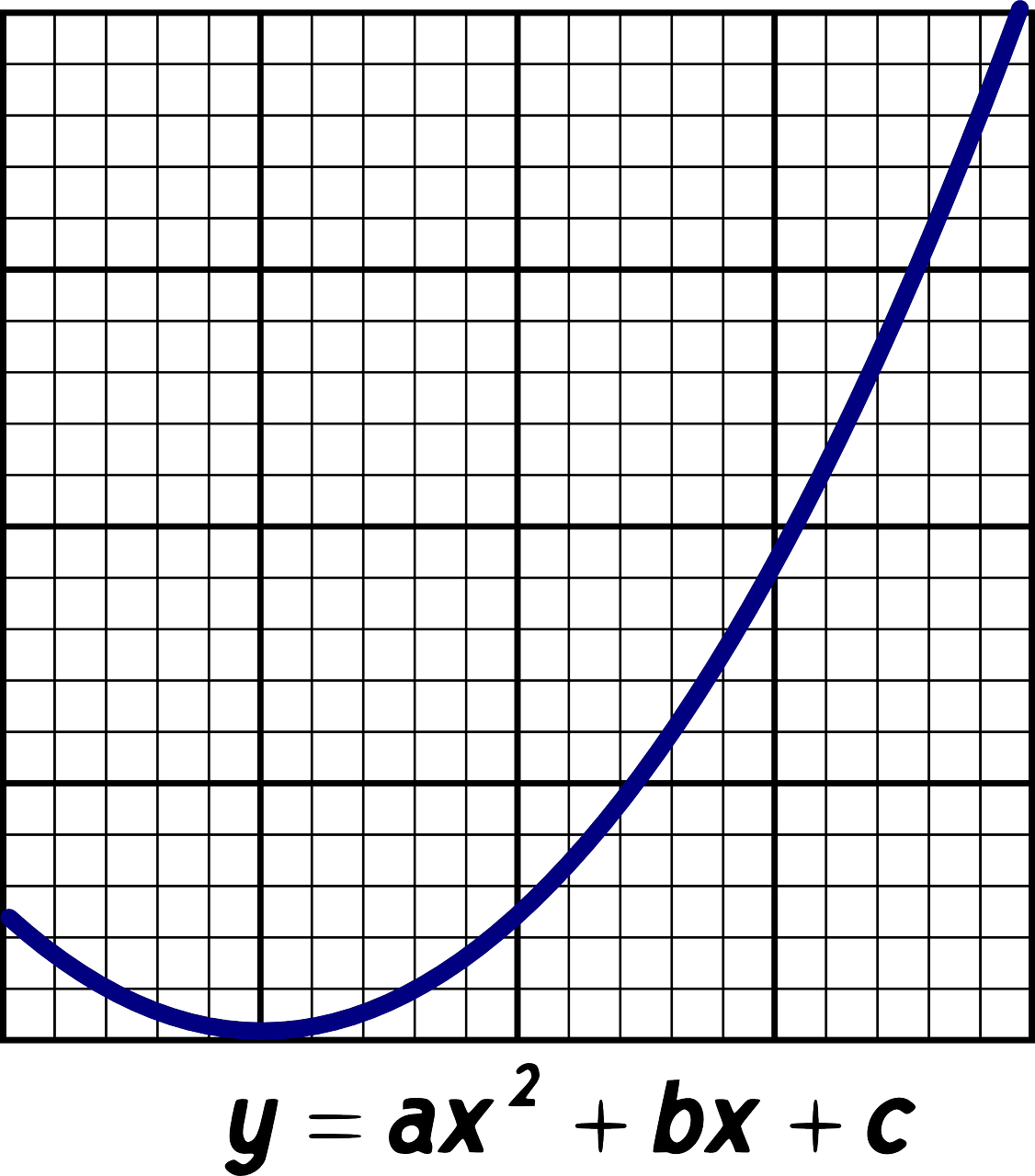
Geometry Calculators and Tools:
Geometry calculators and tools are incredibly useful for students to quickly and accurately calculate geometric properties. They come in several forms, each with a specialized function. Here are a few examples:
Distance Calculator:
These tools calculate the distance between two points using their coordinates. This is particularly handy when working with coordinate geometry.
Angle Calculator:
These calculators measure the size of an angle or calculate the angles in a polygon.
Area and Volume Calculator:
These tools can calculate the area of flat shapes (like squares, rectangles, circles) and the volume of three-dimensional shapes (like spheres, cubes, cylinders).
Geometric Transformations Tools:
These allow you to perform and visualize transformations like translations, rotations, reflections, and dilations on geometric shapes.
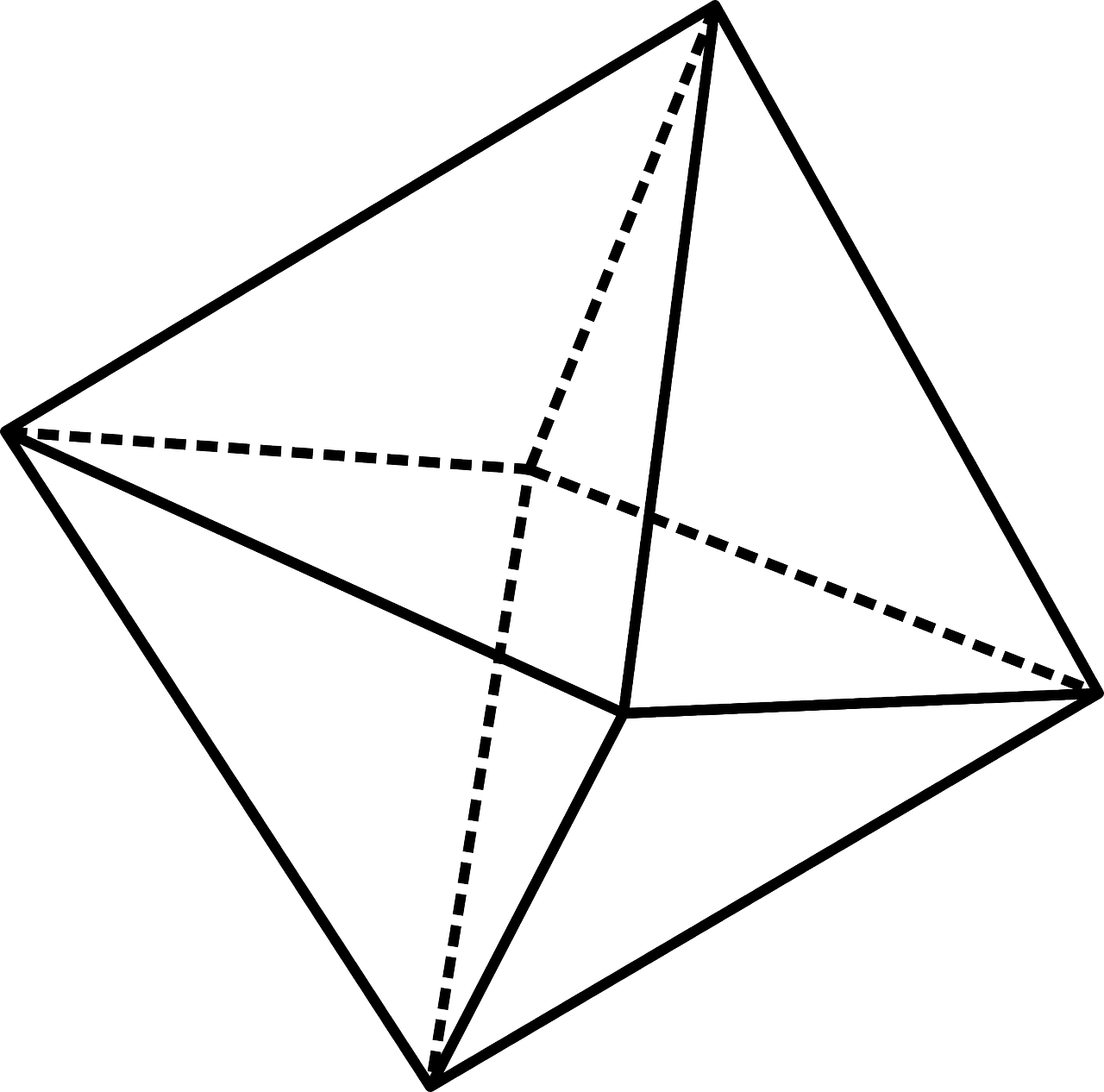
Recommended Geometry Software:
Software can provide an even more in-depth exploration of geometric concepts. Two top recommended programs are:
Geogebra:
This is a multi-platform mathematics software that brings together geometry, algebra, spreadsheets, graphing, statistics, and calculus in one easy-to-use package. It provides multiple representations of objects in its graphics, algebra, and spreadsheet views that are all dynamically linked.
C.a.R. (Compass and Ruler):
This is a dynamic geometry software that simulates compass and ruler construction on a computer. You can perform complex geometric operations, explore shapes and their properties, and create intricate designs.
These software options provide opportunities for exploration, experimentation, and discovery that reinforce geometric principles and foster deep understanding.

Interactive Geometry Activities:
Interactive activities make the learning process more enjoyable and help students better understand and remember the concepts. Here are examples of the types of activities available:
Online Exercises:
These are tasks or problem sets that students can complete online. They may include instant feedback, allowing students to learn from their mistakes.
Geometry Games:
These are games designed to help students practice and reinforce geometry skills. They could include puzzles, shape matching, or geometric construction games.
Geometry Challenges:
These might be more complex problems or puzzles that require a deeper understanding of geometric principles to solve.
The goal of all these tools, software, and activities is to engage students, spark curiosity, and promote active learning. They provide students the means to learn geometry in a more interactive and engaging manner, bridging the gap between abstract concepts and tangible understanding.
Geometry Practice Resources
Practice Problems by Topic:
These resources cover specific topics, allowing focused practice.
Comprehensive Geometry Quizzes:
Quizzes test broader knowledge and understanding of geometry.
Answer Keys and Detailed Solutions:
These provide solutions to problems, helping learners understand their mistakes and correct misconceptions.
Advanced Geometry Challenges and study guide:
These stretch learners with complex, multi-step problems that require a deep understanding of geometry.
Geometry Study Guide: Wrap-Up
As we conclude our comprehensive overview of geometry, let's explore some examples of common geometry problems to provide a tangible understanding of these concepts.
Triangles:
Problem: Find the area of a right triangle with legs measuring 5 units and 12 units.
Solution: The area of a triangle is given by the formula 1/2 * base * height. For a right triangle, the legs are the base and the height. So, the area would be 1/2 * 5 * 12 = 30 square units.
Squares:
Problem: If the perimeter of a square is 28 units, what is the length of each side, and what is the area of the square?
Solution: The perimeter of a square is given by 4*side. So, each side is 28/4 = 7 units. The area of a square is given by side^2, so the area is 7^2 = 49 square units.
Various Drawings:
Problem: A circle with a radius of 10 units is inscribed in a square. What is the area of the square that is not covered by the circle?
Solution: The diameter of the circle is equal to the side length of the square. So, the square's side is 2radius = 20 units. The area of the square is side^2 = 400 square units. The area of the circle is πradius^2 = π*100 = 314.16 square units. The area not covered by the circle is the square's area minus the circle's area = 400 - 314.16 = 85.84 square units.
Theorems:
Problem: (Pythagorean Theorem) Given a right triangle with legs of length 6 units and 8 units, find the length of the hypotenuse.
Solution: The Pythagorean theorem states that in a right triangle, the square of the hypotenuse (c) is equal to the sum of the squares of the other two sides (a and b). So, c^2 = a^2 + b^2 = 6^2 + 8^2 = 36 + 64 = 100. Therefore, c = √100 = 10 units.
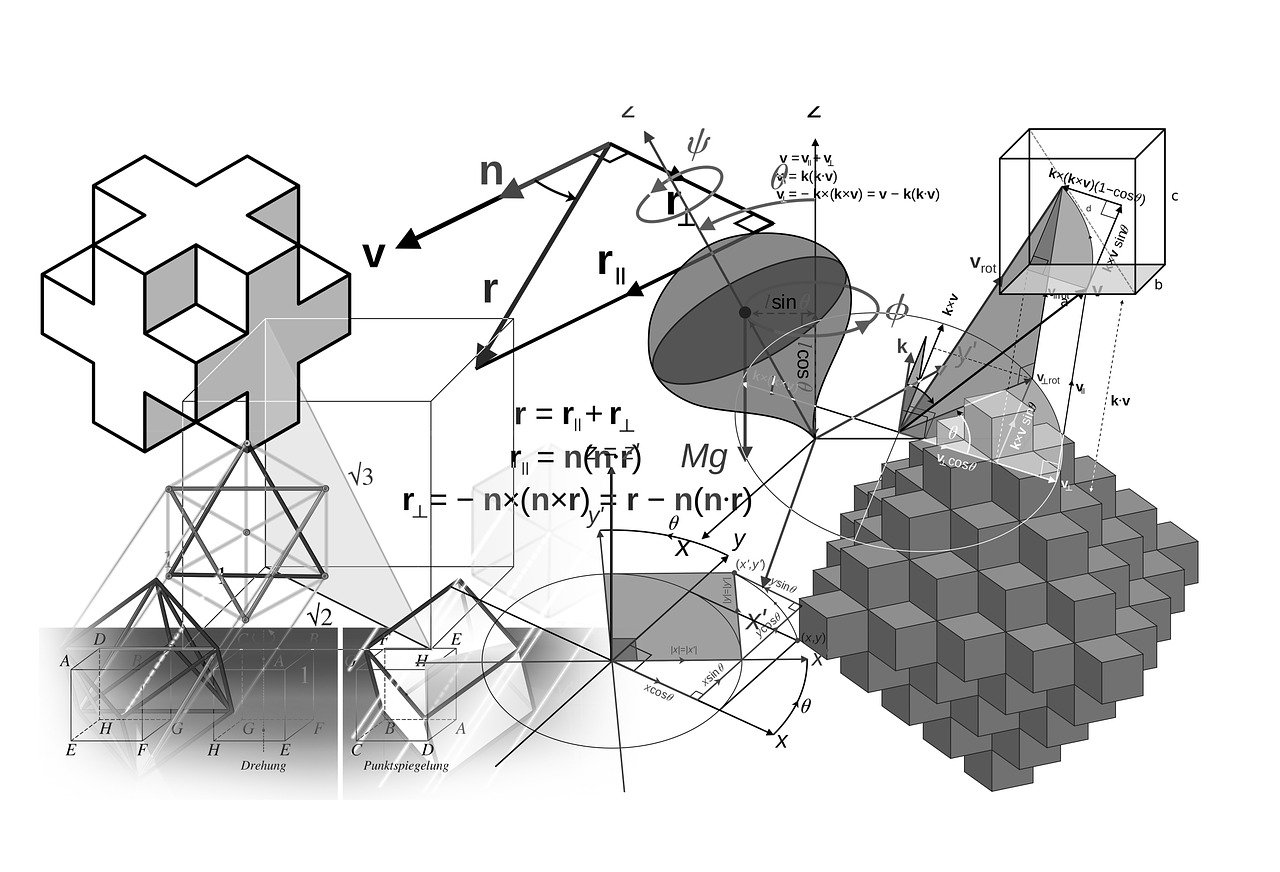
There's no denying that geometry can be challenging, given its abstraction and the logical reasoning it requires. However, with a solid understanding of fundamental principles, diligent practice, and the use of interactive tools and resources, these challenges can indeed be surmounted. Like any other field, proficiency in geometry is largely a matter of patience, curiosity, and resilience. Keep exploring, keep asking questions, and keep practicing, and the apparent complexities of geometry will gradually turn into exciting discoveries.